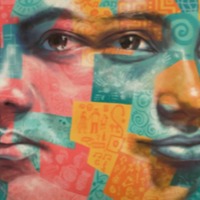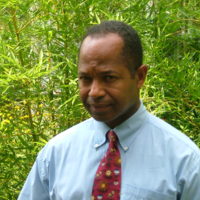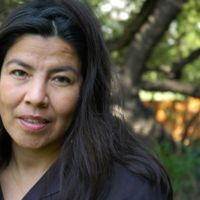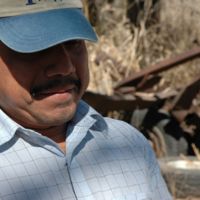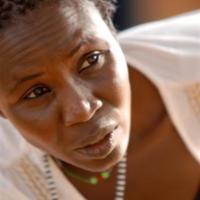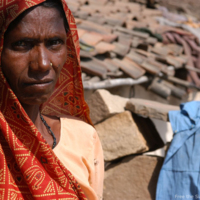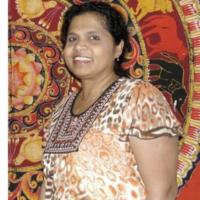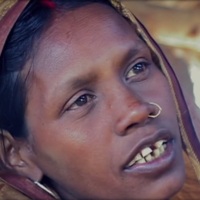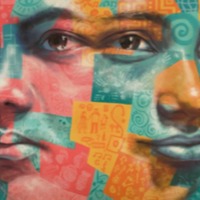
I come from a village in Bagerhat. We are three sisters and have no brothers. I am the youngest. My father is a carpenter and has no land. At the age of 13, I was sold in a brothel in Barisal by the niece of the woman who sold my sister Monika to Sonagatchi. Monika came to visit the village soon afterwards and heard that I had disappeared. She looked for me and she found me. A shalish was held. The matbors said that I had become spoiled and I could not stay in the village. So, my sister took me to Sonagatchi. For 3 years, I worked for her as a tsukri. Then I quarreled with her because she was keeping all my income. I left and I worked as an adiya. Then I had a babu and set up independently.
[…]
My sister, she goes home. She is well off. She has TV, refrigerator. She laughs and she is happy. But how could I visit? How could I go empty-handed? How could I make them happy with my problems?
Narrative located in the report ‘Beyond Boundaries: A Critical Look at Women Labour Migration and the Trafficking Within’ by Thérèse Blanchet provided courtesy of The Child Protection Hub
